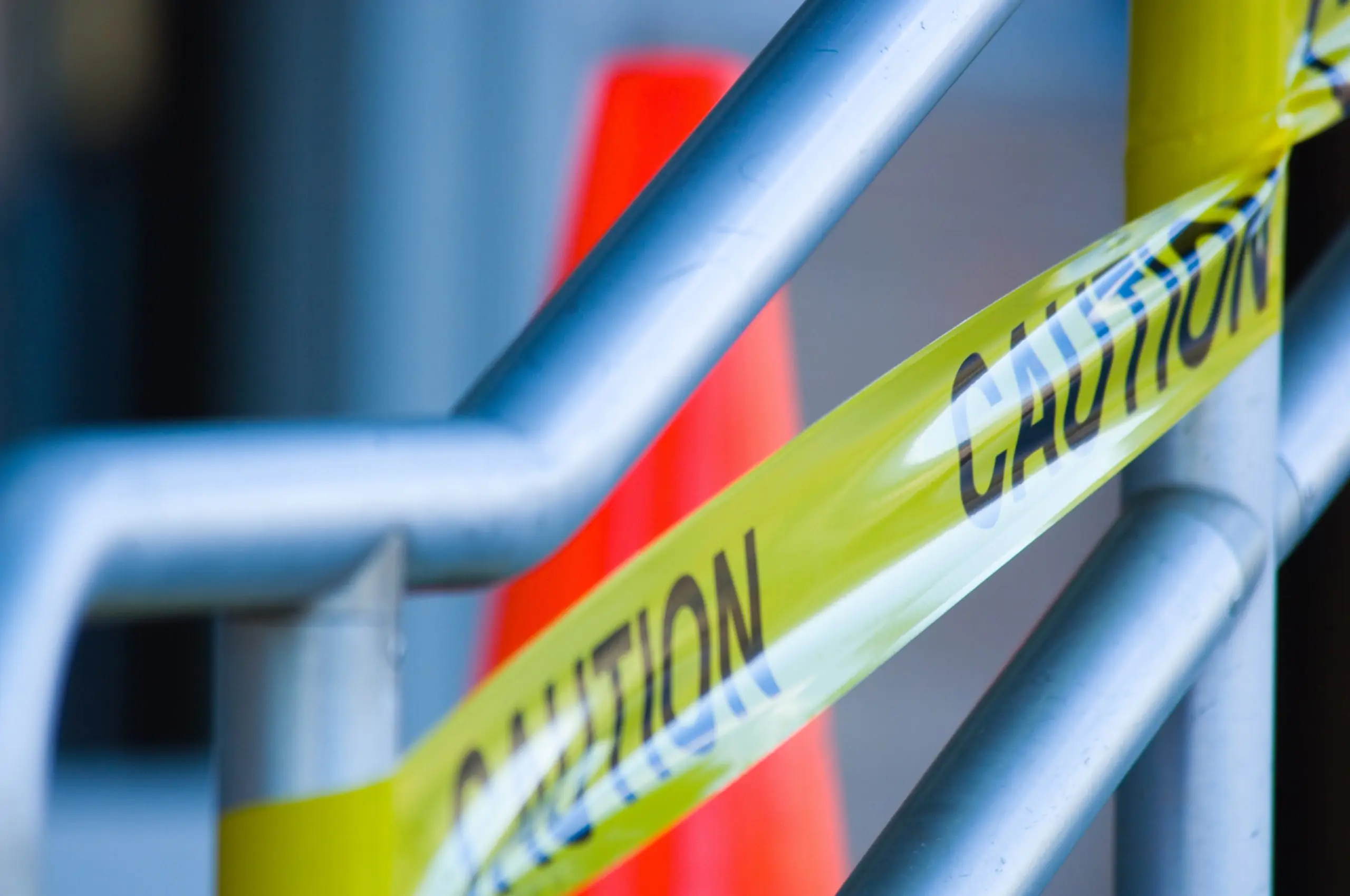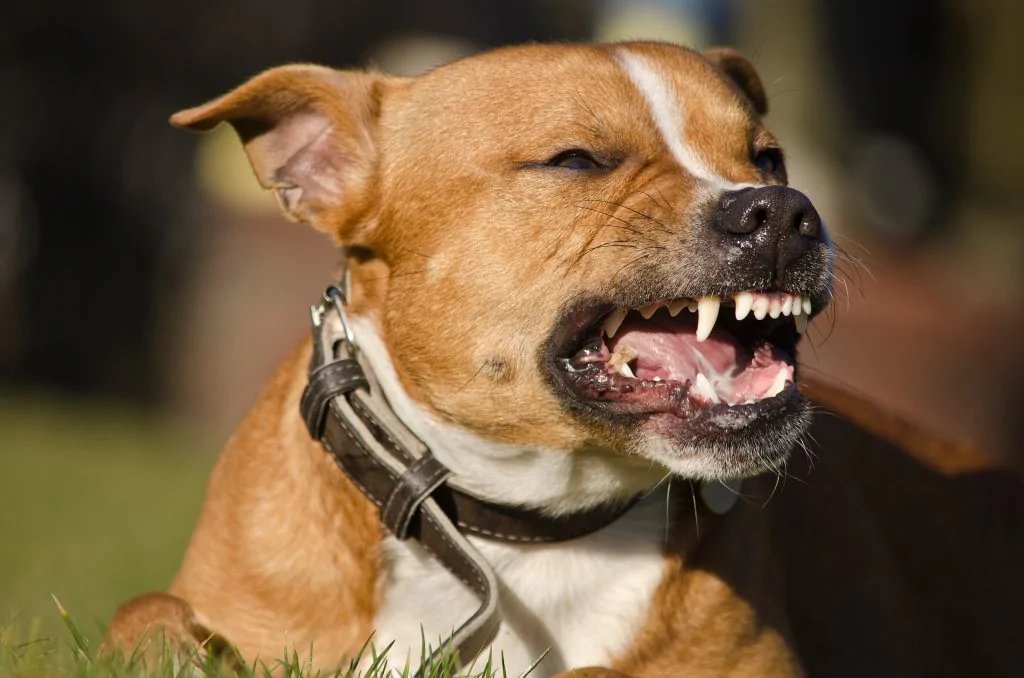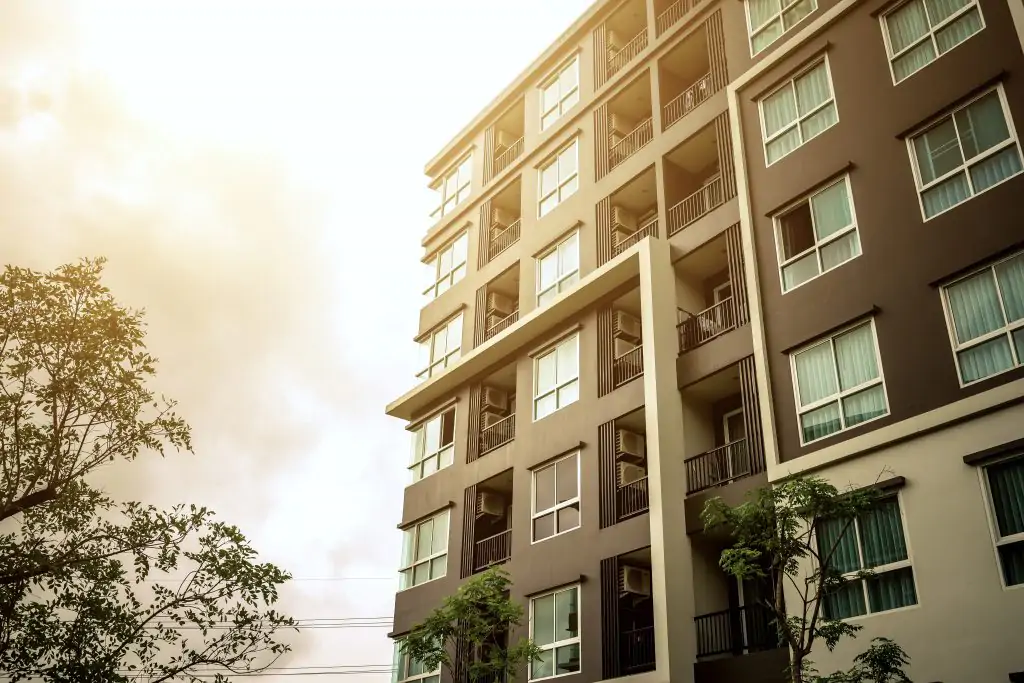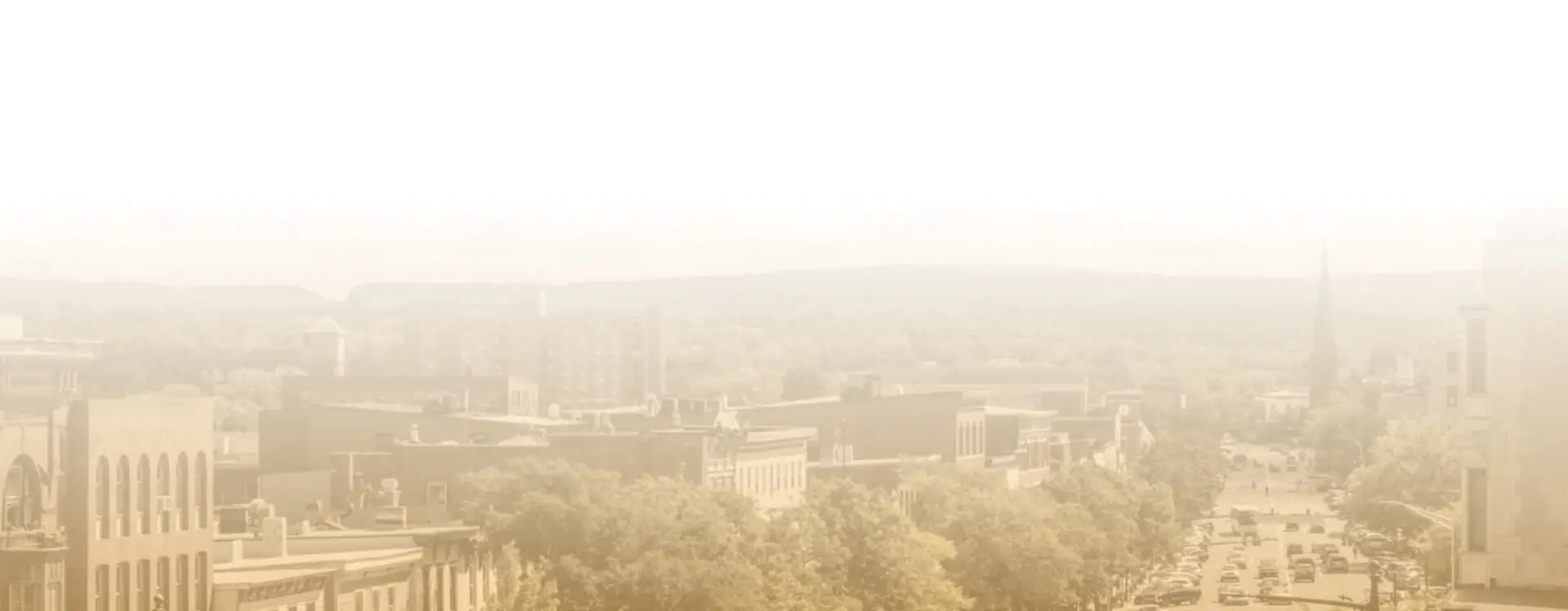Knowing about a dangerous condition on the property and failing to take reasonable steps to repair or warn tenants about it
Premises liability is the legal responsibility that property owners and occupiers have to ensure that their property is safe for visitors and guests. This includes taking necessary measures to prevent accidents, such as maintaining the property, providing adequate warning of potential hazards, and addressing known safety issues.
Premises Liability Lawsuits
When a visitor is injured on someone else’s property due to the property owner’s or occupier’s negligence, they may be able to file a premises liability lawsuit. A premises liability settlement may include compensation for medical expenses, lost wages, and pain and suffering.
Premises Liability Accidents
Liability in the following cases is determined by evaluating whether the property owner or occupier had a duty of care to the visitor and whether that duty was breached. Common examples of premises liability accidents include:
- These occur when a visitor slips, trips, or falls due to a hazardous condition on the property, such as a wet floor or uneven pavement. Examples of negligence in these cases include failure to properly maintain the property and failure to provide adequate warning of hazards.
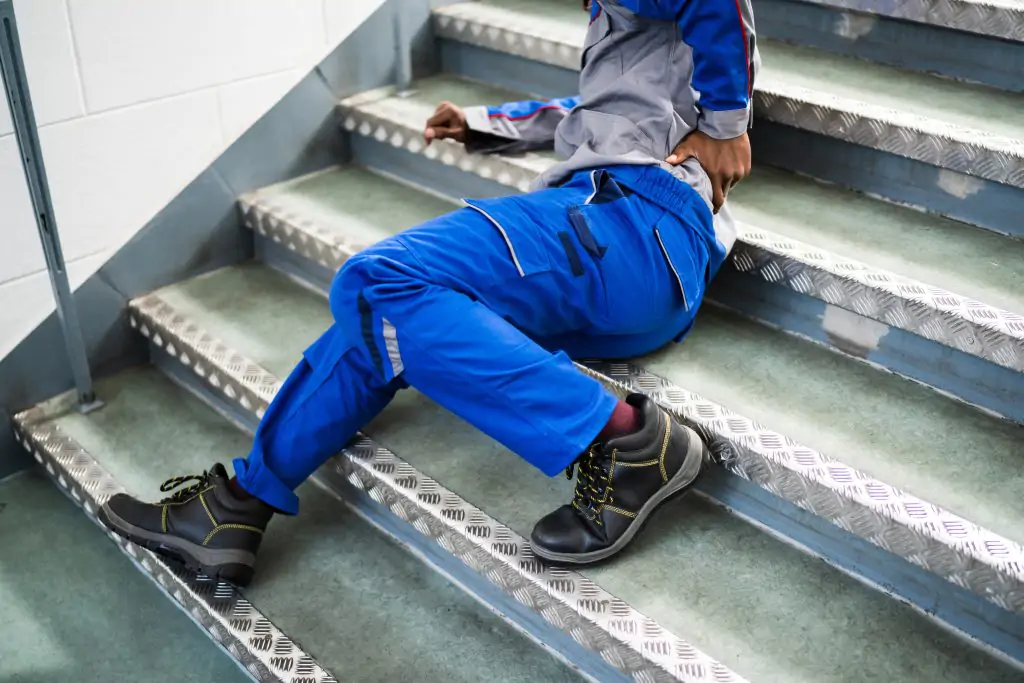
Before filing a premises liability claim, it is important to gather evidence of the accident, including witness statements and photographs of the hazardous condition.
It is also recommended to consult with a personal injury attorney who can advise on the strength of your claim and help you navigate the legal process.
Additionally, it is important to keep track of all medical expenses and document the extent of your injuries.
Statute of Limitations for Premises Liability Claims
Statutes of limitations are time frames within which a person can file a specific type of legal claim. Every state has its own statutes of limitations in place, with state-specific deadlines, rules and exceptions for filing different types of lawsuits.
For example, in New York, the statute of limitations for premises liability claims is generally 3 years from the date of injury. In New Jersey, the statute of limitations is generally 2 years.
However, it is always best to consult with an attorney before filing a claim to confirm the specific time limits for your case, as there can be variations and exceptions depending on the circumstances.
Additionally, in New York, the statute of limitations for a claim against a public entity is typically 1 year and 90 days, while in New Jersey, the statute of limitations for a claim against a public entity is typically 90 days.
Fall Accidents In Commercial Buildings
If someone gets injured after falling in a commercial building like a retail or grocery store, the property owner may be charged for negligence in a premises liability case. Examples of negligence in commercial buildings include:
This can occur due to a spill that is not cleaned up in a timely manner, or from a leak that is not repaired. Property owners and occupiers have a duty to keep the floors in their buildings safe and dry, and failure to do so can be considered negligence.
This can occur due to poor maintenance or construction defects. Property owners and occupiers have a duty to make sure that the sidewalks and parking lots on their property are in good condition and free of hazards.
This can occur due to broken or burnt-out light bulbs, or from inadequate lighting in certain areas. Property owners and occupiers have a duty to make sure that their buildings are well-lit, and failure to do so can be considered negligence.
This can occur due to lack of maintenance, or from items being left out in the hallways or stairwells. Property owners and occupiers have a duty to keep the walkways in their buildings clear, and failure to do so can be considered negligence.
This can occur due to poor maintenance or construction defects. Property owners and occupiers have a duty to make sure that the stairways in their buildings are safe, and failure to do so can be considered negligence.
Free Consultations for All PL Clients
No Fee Unless We Win
Never Pay Out of Pocket

Proving Property Owner Negligence
In order to prove a commercial property owner’s negligence in a premises liability lawsuit, the plaintiff would need to demonstrate that:
- The property owner had a duty of care to keep the property safe and free of hazards.
- The property owner breached that duty of care by failing to take reasonable steps to maintain the property or address known hazards.
- The plaintiff was injured or suffered damages as a result of the property owner’s breach of duty of care.
- The property owner’s breach of duty of care was a direct cause of the plaintiff’s injuries or damages.
To prove these elements, the plaintiff may need to present evidence such as:
- Photographs or videos of the hazardous condition
- Witness testimony from other tenants, visitors, or employees of the building
- Reports or complaints made to the property owner about the hazard
- Maintenance or repair records from the property owner
- Expert testimony about industry standards for commercial building safety
- Medical documentation of the plaintiff’s injuries
- Proof that the property owner had knowledge of the hazard or should have known about it and not taken any action to fix it
In some cases, the property owner may not be the only party that can be held liable in a commercial building, other parties like the management company, contractor, or maintenance company can also be held liable if they were negligent in their duties. In any case, the plaintiff must prove that the property owner had prior knowledge of the hazard, and did not take any action to fix it.
Landlord Negligence In
Premises Liability Lawsuits
Landlords are considered negligent in a premises liability case when they fail to take reasonable steps to keep the property safe and free of hazards. This includes, but is not limited to:
Failing to regularly inspect the property for hazards and make repairs as needed
Failing to comply with state and local building codes and safety regulations
Failing to properly train or supervise employees or contractors working on the property
Failing to address complaints or reports from tenants about hazards on the property
Proving Landlord Negligence
In order to prove a landlord’s negligence in a premises liability case, a tenant would need to demonstrate that:
- The landlord had a duty of care to keep the property safe and free of hazards.
- The landlord breached that duty of care by failing to take reasonable steps to maintain the property or address known hazards.
- The tenant was injured or suffered damages as a result of the landlord’s breach of duty of care.
- The landlord’s breach of duty of care was a direct cause of the tenant’s injuries or damages.
To prove these elements, the tenant may need to present evidence such as:
- Photographs or videos of the hazardous condition
- Witness testimony from other tenants or visitors to the property
- Reports or complaints made to the landlord about the hazard
- Maintenance or repair records from the landlord
- Expert testimony about industry standards for property maintenance or safety
- Medical documentation of injuries.
It’s important to note that the tenant must prove that the landlord had knowledge of the hazard or should have known about it and not taken any action to fix it, and also that the tenant was not responsible for the accident in any way.
Discover the value
of your case
Dog Bite Lawsuits
& Owner Negligence
Dog owners can be considered negligent in premises liability cases when they fail to take reasonable steps to keep others safe from their dog. This includes, but is not limited to:
- Failing to properly secure or contain the dog, allowing it to roam free and potentially attack someone
- Failing to properly train or socialize the dog, leading to aggressive behavior
- Failing to properly supervise the dog while it is around other people
- Allowing a known dangerous dog to be around others without proper warning.
- Failing to take necessary precautions if the dog has a history of aggressive behavior
- Ignoring or failing to take steps to stop the dog from barking excessively or otherwise causing a disturbance
- Failing to provide proper care and attention to the dog, which can lead to aggressive behavior.
Proving a Dog Owner’s Negligence
In order to prove a dog owner’s negligence in a premises liability case, the plaintiff would need to demonstrate that:
- The dog owner had a duty of care to keep others safe from the dog.
- The dog owner breached that duty of care by failing to take reasonable steps to secure the dog or address known aggressive behavior.
- The plaintiff was injured or suffered damages as a result of the dog owner’s breach of duty of care.
- The dog owner’s breach of duty of care was a direct cause of the plaintiff’s injuries or damages.
To prove these elements, the plaintiff may need to present evidence such as:
- Witness testimony from people who saw the dog’s aggressive behavior or the attack
- Expert testimony about the dog’s breed, history, or behavior
- Photographs or videos of the attack
- Medical documentation of the plaintiff’s injuries
- Proof that the dog owner had knowledge of the dog’s aggressive behavior
- Local laws or regulations regarding the dog’s containment or behavior
How Premises Liability
Attorneys Help Their Clients
The lawyer will gather evidence such as photographs, videos, witness statements, and medical records to establish the facts of the case and the extent of the client’s injuries.
The lawyer will determine who is responsible for the client’s injuries, whether it be the property owner, landlord, or dog owner.
The lawyer will use the evidence gathered to build a strong case to prove negligence on the part of the liable party.
The lawyer will handle all aspects of the legal process, including filing the necessary paperwork, representing the client in court, and negotiating with insurance companies.
The lawyer will advise the client on their legal rights and options, and provide guidance on how to proceed with the case.
The lawyer will advocate for fair compensation for the client’s injuries, including medical expenses, lost wages, pain and suffering, and other damages.
The lawyer will represent the client in settlement negotiations or in court if the case goes to trial.
Lawsuit Settlements for
Premises Liability Claims
Premises liability settlement amounts are determined based on several factors, including the extent of the injury or damage, the cost of medical expenses, lost wages and income, and the level of negligence on the part of the property owner. The amount may also take into account any pain and suffering caused by the injury.
Due to the unique nature of each case, it is impossible to determine or even estimate what a final settlement value would be, although speaking with a premises liability attorney can help.
An attorney will typically evaluate the case and negotiate a settlement with the property owner’s insurance company based on these factors. In some cases, if the parties cannot reach a settlement, the case may go to trial and a judge or jury will determine the amount of damages.
Contact a Premises Liability Lawyer
If you or a loved one has been injured on someone else’s property and are considering filing a premises liability lawsuit, Sobo & Sobo can help. With over 50 years of expertise in winning these types of cases, you can rest assured that you are in good hands. Schedule your free consultation by calling 855-468-7626, or contact them online.
Have You Been
Injured?

The very first thing you should do is seek treatment by a medical professional, and be sure mention all the areas of pain or injury. Second: call Sobo & Sobo to secure your rights.

You likely have a personal injury if: (1) you were in an accident that was not entirely your fault, and (2) you sustained an injury from the accident.
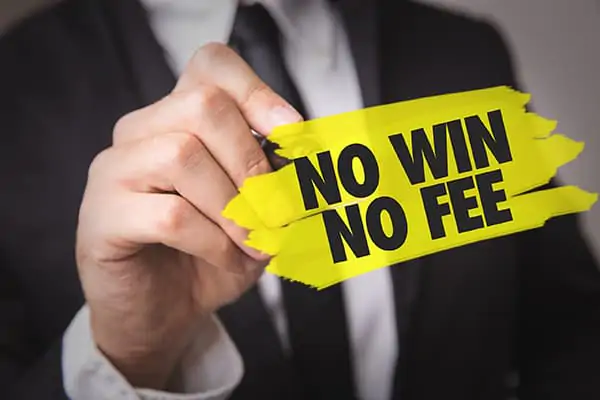
The Sobo & Sobo “No Fee Guarantee” puts in writing that there is never a charge unless the firm, wins money for the client.

No-Fault refers to the legal system that requires the insurance company for the vehicle that you are occupying to pay for certain benefits such as medical bills and lost wages, regardless of who caused the accident. New York, for example, has a no-fault law that requires the insurance company for the vehicle you occupy to pay benefits even if that vehicle did not cause the accident.
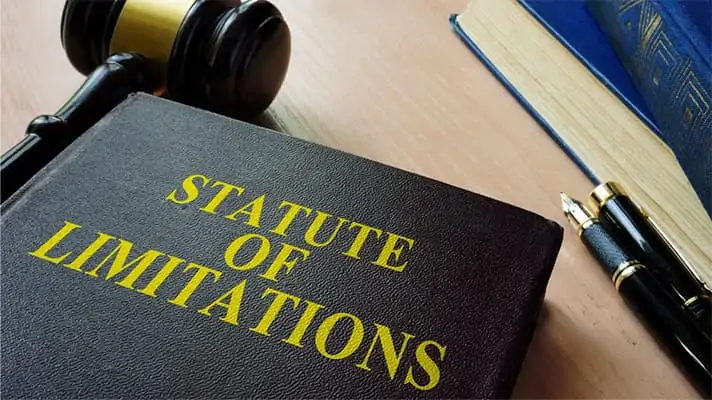
There are different statute of limitations in New York, and exceptions that can add additional time. While every case is different, the statute of limitations in New York for personal injury claims is three years from the date of the accident.
